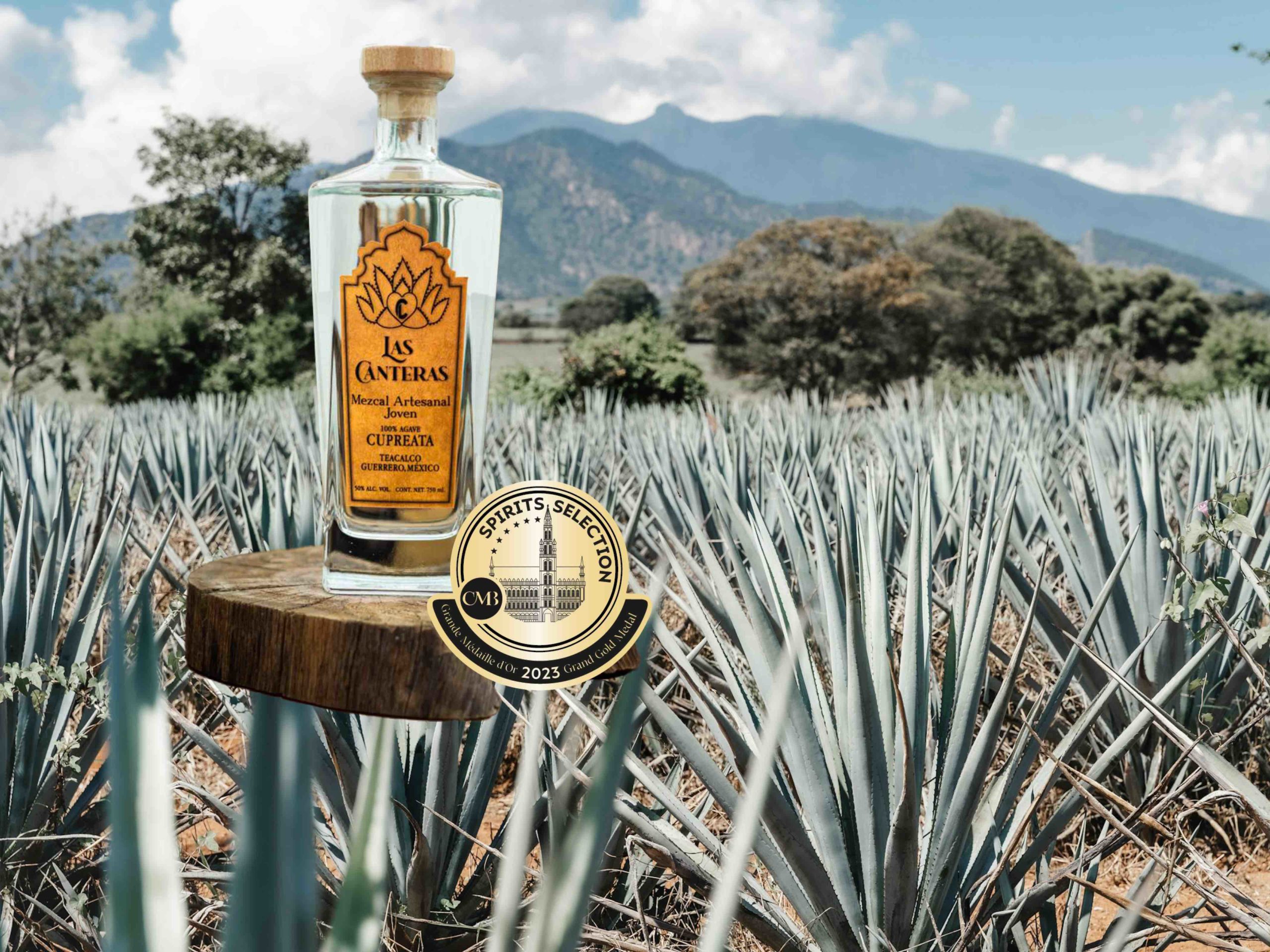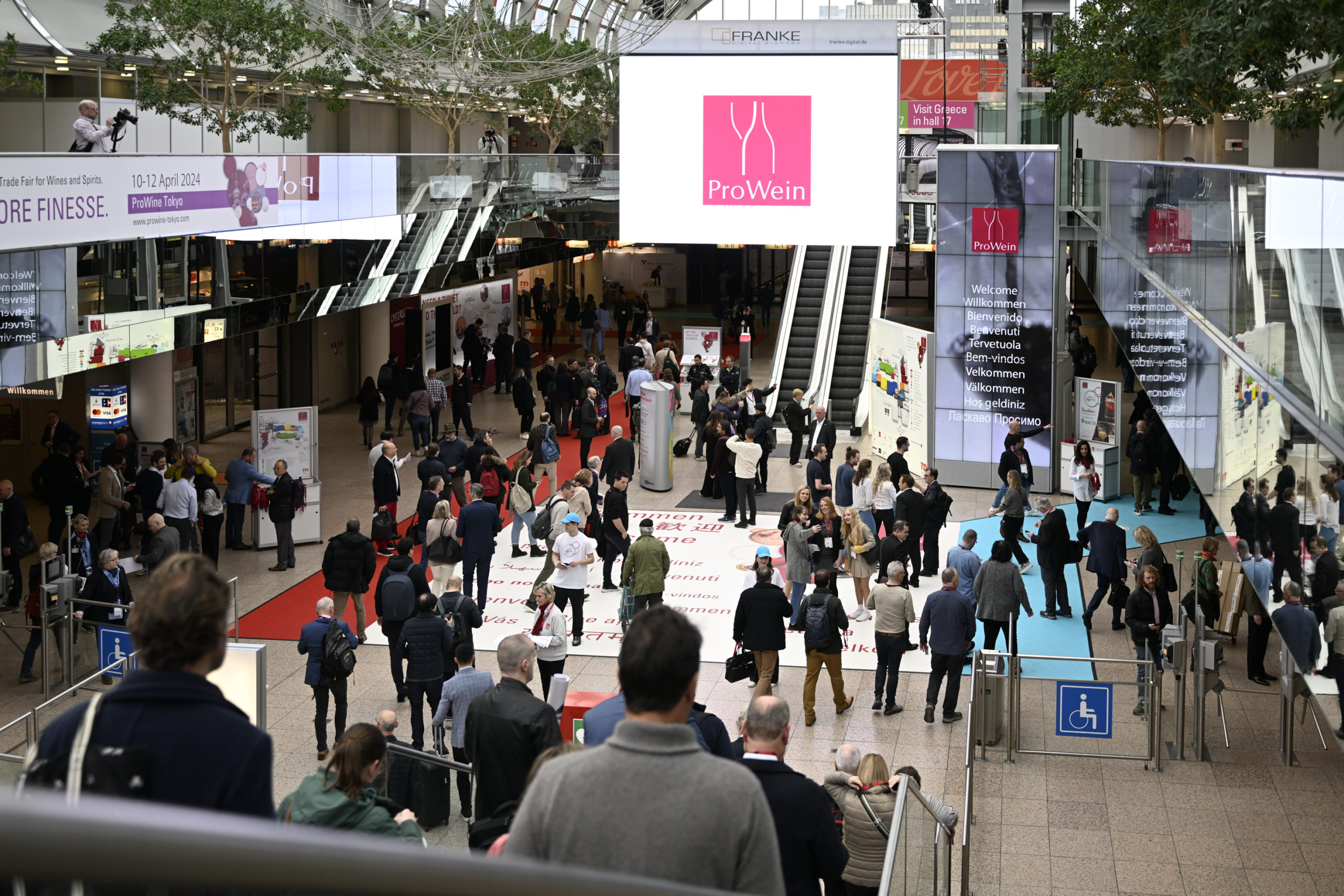Underlying spirits trends in the global market
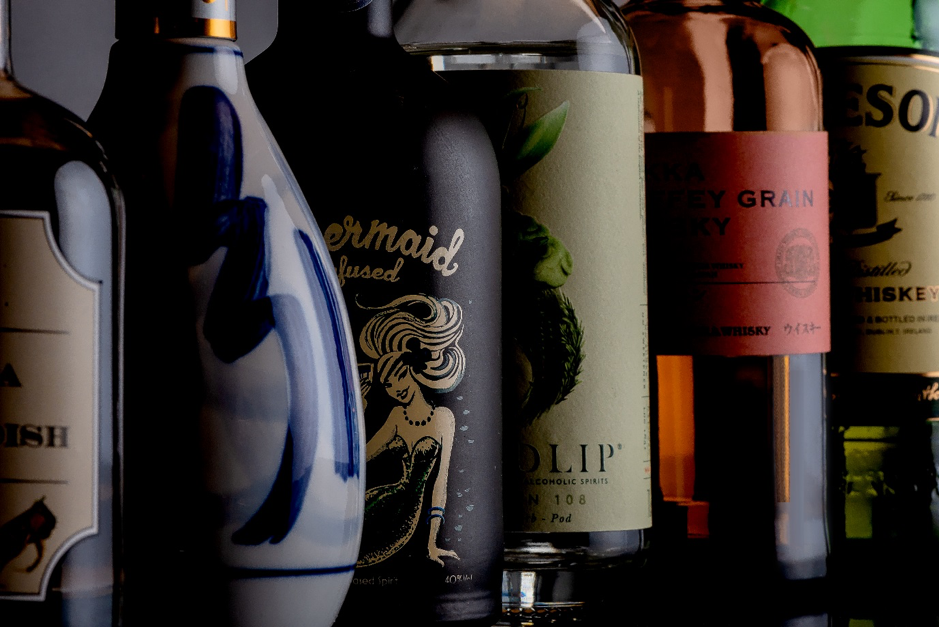
As the first quarter of 2019 came to an end, we asked several of our judges about the noticeable trends of the year in their respective markets. There have been some very interesting finds:
- In the US, the craft market is on the rise, with a large increase in the number of distilleries in the country (60 in 2000 to over 2000 in 2019!) However, the value of craft remains small. Meanwhile, vodka, whiskies and agave-based drinks are the market leaders.
- In Spain, Jesus Bernard confirms the country’s oversized Horeca business is still supporting the trend of large and well-garnished gin & tonics and welcomes a new kid on the block – vermouth.
- Arthur Nägele reports from Germany and Austria with some very positive trend movement for bitters and vermouths, driven by a strong craft movement.
- Mauricio Maia informs us that Brazil is still very much cachaça-focused, but the market is seeing an upward trend for locally produced gins.
- The U.K. continues its gin boom, followed by whiskies and rum. Many brands are trying to re-asses their premium positioning through sustainability and organics.
- Whiskies are still very much big business in India, largely due to a solid premiumisation trend driven by the very strong Indian middle class. Gins and rums are also positively trending.
- In Taiwan, the craft movement is starting to develop, but the market is still very positive for recognizable, international brands. As far as white spirits are concerned, however, kaoliang jiu rules!
- According to Eugene Nyaundi, Africa has become a big investment market for brands trying to tap into the growing African middle class, and the continent is seeing a positive shift towards premiumisation.
First, let’s talk about the elephant in the room… Gin! For some of you that have been to trade shows over the past couple of months, you probably felt a little… gin-ed out! More than 60% of the products on display at ProWein Hall 7 were gins – blue gins, London Dry Gins, not-so-dry-gins, expensive gins, cheap gins…. You get the picture! While I was certain that the gin bubble was about to burst, I was obviously wrong! The Spirits Business posted on the 29thMarch 2019 a small write-up about the growth of gin in the UK. It is simply staggering and shows very little sign of slowing down! The title of the write-up says it all: “Sales of flavoured gin soar 751% in the UK”. Gin seems poised to become what flavoured vodka was during the early 2000’s.
Gin is simply staggering and shows very little sign of slowing down
With Europe driving the growth of gin (UK, Spain and Germany), other markets such as Taiwan, India, Africa and Brazil are just growing into it. In these markets, local spirits are the biggest players -cachaça in Brazil, kaoliang in Taiwan and whiskies in India.
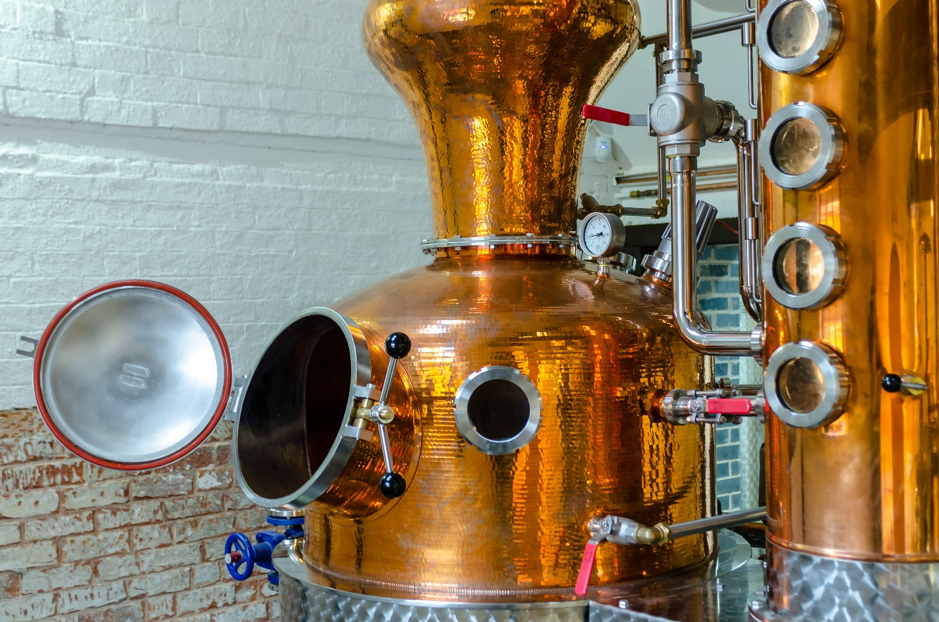
Speaking of whiskies, let’s not forget them! Irish whiskies are booming. Clonakilty Distillery became the 23rdoperational Irish whiskey distillery, and according to the Alcohol Beverage Federation of Ireland, Irish whiskies are now the fastest growing category in the US. Meanwhile, Japan still struggles to meet international demand and India has every intention of becoming a force to be reckoned with in the category.
Another recurring trend in all markets we surveyed was the consumer desire for so-called “craft spirits”. Robin Robinson makes a very good point when talking about the U.S. market. He calls it a two-tier approach: on the one hand, the big, trend-setting metropolises, and on the other, the rest of the country. The metropolises, normally populated by Millennials, set trends and look for the obscure, liquid craft revelations, while the more rural areas are still governed by the “cash cows” of the spirit world: Diageo, Bacardi etc. Despite all the buzz about craft, the total value of craft spirits brands in the U.S. is under 5%! I believe it is safe to extrapolate the US example and apply it globally: yes, “craft” is an important trend and shows double-digit growth in volume and value; but it remains a very small market and is growing off a small base.
Despite all the buzz about craft, the total value of craft spirits brands in the U.S. is under 5%
Insofar as consumers are concerned, it is interesting to find out that the “drink less but better” mantra seems to be focused on Millennial metropolises. This desire for quality is certainly driven by the Instagram-savvy Millennials, looking for that trophy bottle or cocktail. This trend is very noticeable in established markets but is still behind in rural environments. Yet a lack of reliable international data means that we must be careful about making broad generalizations.
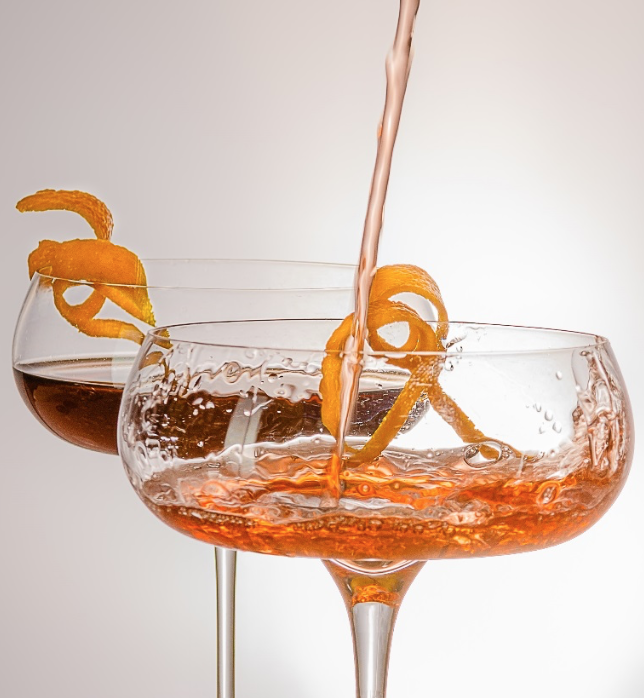
In the theme of cocktail simplicity, a Negroni straight up
However, the “Low/Nos” are becoming an integral part of our repertoire. Whether it is the resurgence of the vermouth category – particularity noticeable in Spain – or the development of alcohol-free distillates, we are now dealing with a fast-growing and influential new category. I do feel however that I need to give a mention to a couple fellow tasters. First and foremost, I completely agree with Arthur Nägele who says that there is no such thing as “alcohol-free gin”! As Arthur points out, while the E.U. definition of gin is loose, it does however stipulate that gin MUST be bottled at a minimum of 37.5% ABV. These so-called gins may be no-alcohol distillates, but they are certainly not gin in any shape or form.
The “drink less but better” mantra seems to be focused on Millennial metropolises
The on-trade has certainly seen a rise in the importance of alcohol-free cocktails, except perhaps in Germany.
(Personal Rant…. Can we, once and for all, stop calling them “mocktails”? This word is an abomination; it is a meaningless contraction of “mock” and “cocktail”)
These mixes are becoming increasingly more complex and the soft drink industry is trying to catch up.
The second mention goes to fellow taster, Paul Mathew, who recently launched a non-alcoholic aperitif called “Everleaf” and in so doing, singlehandedly created a new category within the category! This is a clear indication that the category has gained traction and will go from strength to strength.
However, Gary Itkin indicates that these alcohol-free spirits have yet to make an impact in NYC. Watch this space!
The last trend that is worth expanding upon is that of sustainability within the industry. We, as a species, have come head to head with the simple fact that our current lifestyle is unsustainable. As a result, we are increasingly demanding accountability from our producers. Distilleries are not spared this push back and are driven to adopt a more environmentally-aware attitude. Unfortunately, this accountability is often a regionally-driven requirement rather than a choice. There are exceptions but profit is still king.
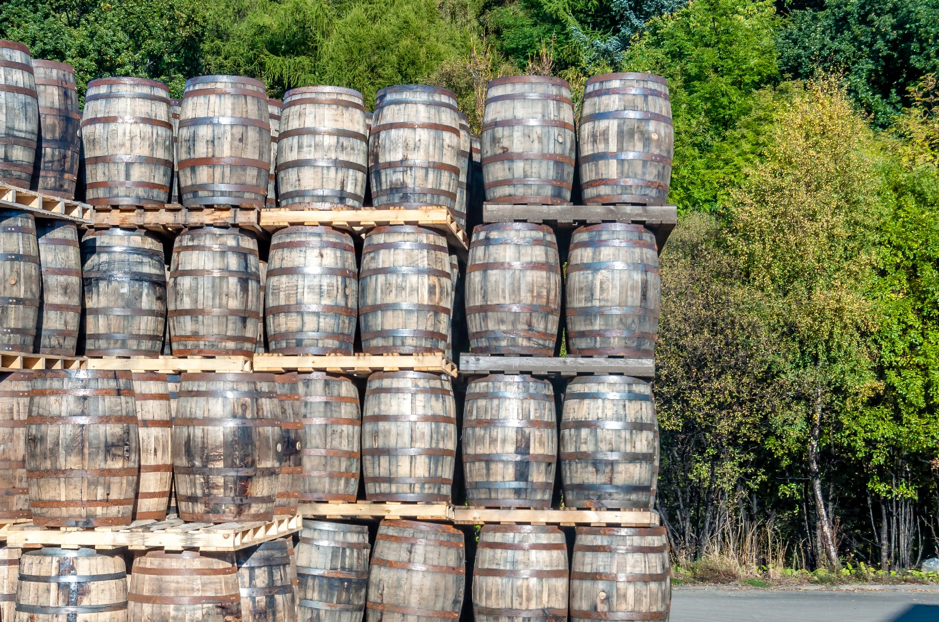
Thankfully, consumers are voting with their wallets and bartenders are becoming more selective. We are therefore witnessing a global effort by influencers to go beyond banning plastic straws and go a step further. There is no question that this will have a profound impact on our choices, but it is still at a nascent stage.
In a nutshell, the trends that emerged at the end of 2018 have settled and much of what was predicted has happened. Millennials drink less but better and are in search of authenticity and diversity. This, in turn, has created quite a crowded market place, where transparency and sustainability are required in order to develop an emotional connection with their core consumers. Meanwhile, the on-trade has also boomed; however, we are seeing a return to simpler and more elegant mixology. Wa-Shu in Taipei promotes “one-ingredient” mixology and is one of the busiest places in the city. Scout by Matt Whiley has claimed a spot in the world’s top 50 bars with its focus on foraged and reclaimed ingredients. Consumers are looking more for the perfect drink, even if it means having the cocktails prepared back of house rather than front of house, as was previously expected.
All in all, we are currently in a very interesting place… 2019 promises to be exciting!
Thanks to Anne Jones, Robinson Robinson, Gary Itkin, Scott Rosenbaum, Arthur Nägele, Mauricio Maia, Rojita Tiwari, Paul Peng Wang, Eugene Nyaundi, Jesus Bernad for their contribution to this article.
 International beverages consultant and owner of Bar Face Consultancy. Over 25yrs experience in most aspects of the beverage industry.
International beverages consultant and owner of Bar Face Consultancy. Over 25yrs experience in most aspects of the beverage industry.

